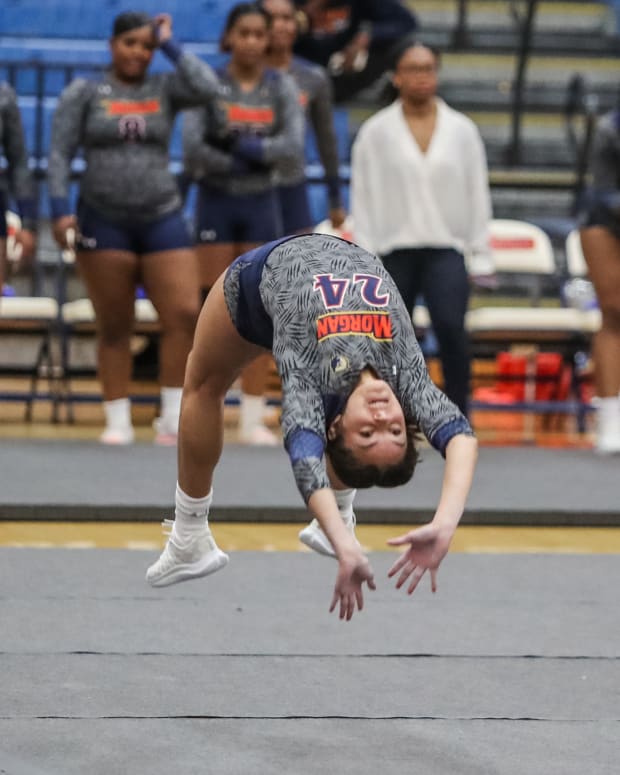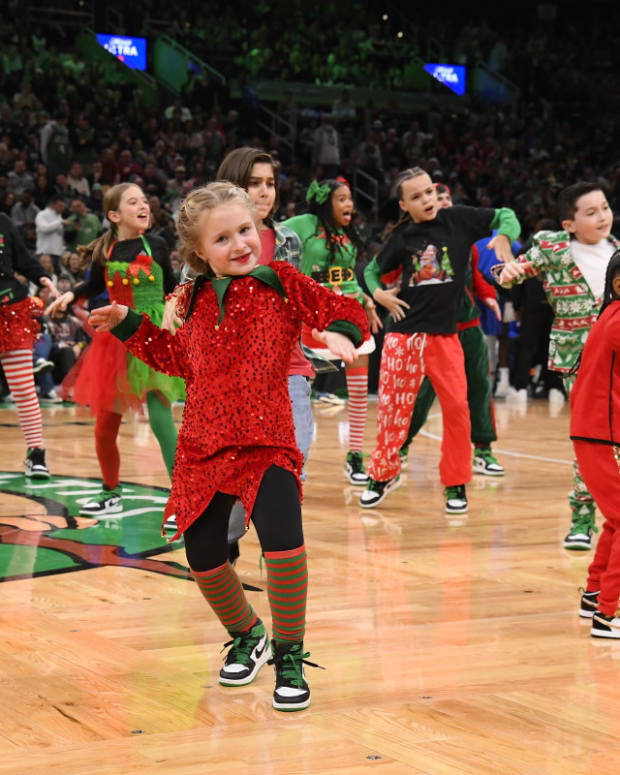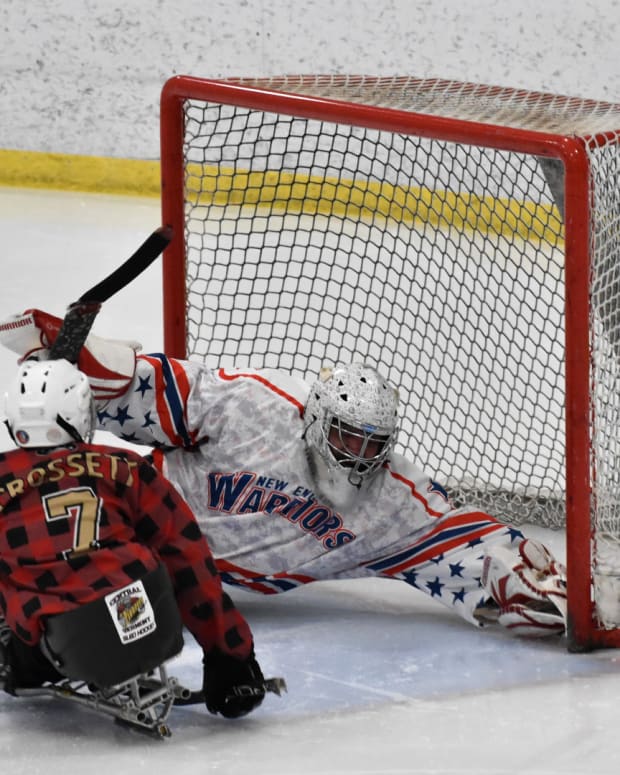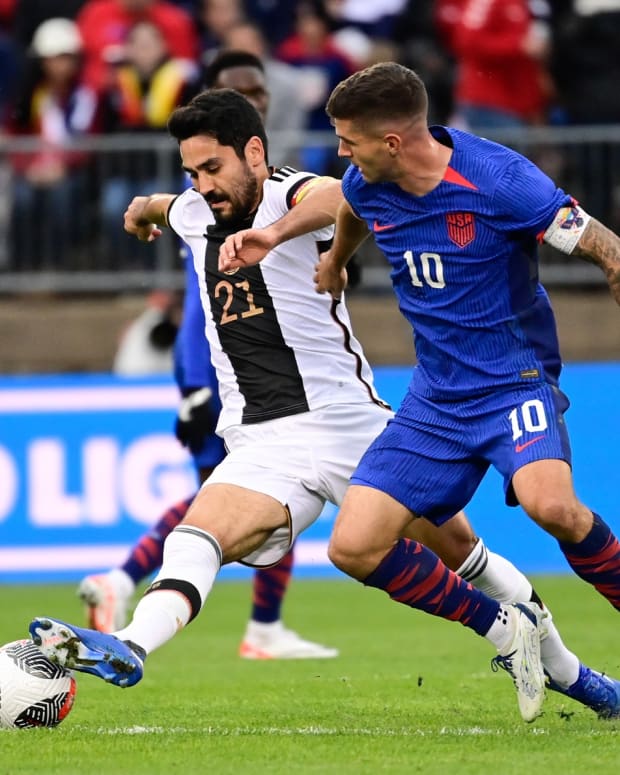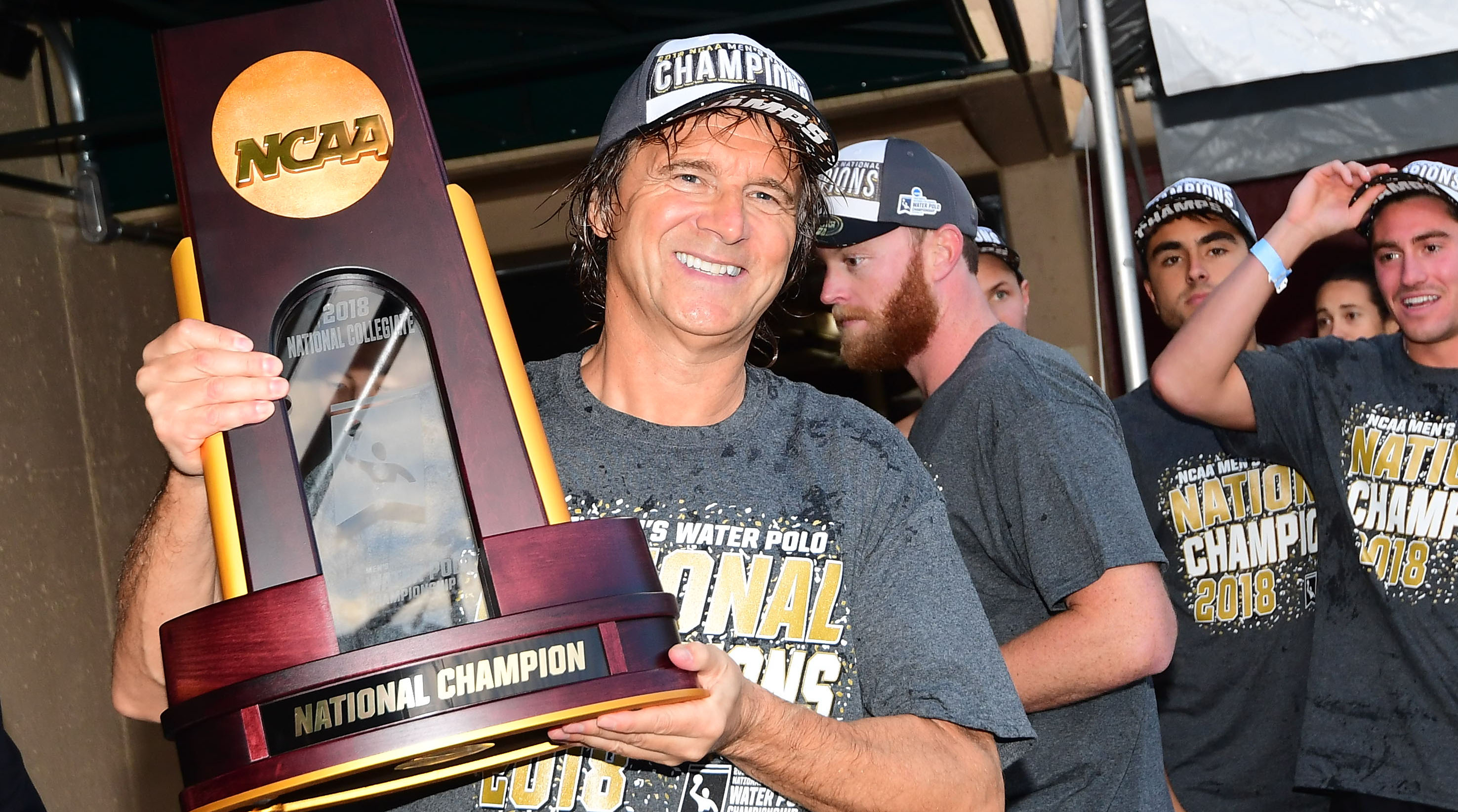
How a USC Water Polo Dynasty Doubled as a Perfect Entryway for the Admissions Bribery Scandal
In 2008, Michael Rosenthal graduated high school in Miami as arguably the best water polo player in the state. He had just been named a first-team All American, his team had won the state title, and his hometown Herald had named him the Water Polo Player of the Year. But, Rosenthal says, “I wasn’t a top recruit. I was kind of an unknown.” He adds, “I’m not saying I was completely off-the-radar. But the best water polo player in Florida, on a given year, is probably an average player in California.”
The Golden State is the hotbed of American water polo. It’s where the best players come from, and where the top college teams reside: Stanford, Cal Berkeley, UCLA or USC. As Rosenthal went through the recruiting process, a few of his former coaches connected him with Jovan Vavic, the legendary USC water polo coach. You could call Vavic the John Wooden of water polo—and its Geno Auriemma, too. He coached both the men’s and women’s teams, and since 1995 had won 16 national titles (10 with the men, six with the women) and 15 National Coach of the Year awards.
That meant Vavic could recruit practically anyone he wanted. USC also gave him leeway to sign a large number of those recruits, especially on the men’s side. In water polo recruiting, see, there are only a few constraints. The NCAA mandates that teams can only carry 16 players in the championship tournament, and the number of scholarships is fixed, too—men’s teams have 4.5, women’s teams have eight. But the NCAA does not have a max roster limit. Teams can carry as many players as they want, as long as the school is compliant with Title IX rules requiring balance between the number of male and female athletes in the athletic program. Often, Vavic would bring in hordes of male recruits, apparently just to see who would pan out.
In 2008, Vavic signed 22 freshmen, bumping the USC men’s water polo roster up to 51 people, which dwarfed most other schools. Only six freshmen received playing time that year. The other 16, including Rosenthal, redshirted.
Now, why Vavic would carry a roster that large? Well, know this: Everything about his program had a purpose to it. Vavic often drew from coaches he admired: Phil Jackson. Tom Osborne. Wooden. “He’d take these philosophies,” Rosenthal says, “and then put his own Eastern European water polo twist on it.”
As a young man, Vavic played water polo professionally in the old Yugoslavia before coming to Southern California in 1984. After arriving at USC, as an assistant in the early ‘90s, he started building his own coaching style, borrowing techniques from other sports. He formed a leadership council with his most trusted players and empowered them to police their teammates. He made players evaluate themselves in front of the team and attend regular meditation sessions. He studied film obsessively and was constantly coming up with innovative play designs. Every game, he’d distribute a packet of plays for various scenarios. Like many successful coaches, he was also paranoid. Vavic would practice his best plays in the summer, and then save them for the NCAA tournament. “We always had very specific plays, almost like a football team,” says Matthew Burton, another member of that incoming freshman class in 2008. “That was very different from a lot of the coaches in the collegiate system.”
Vavic would work with his top players at one end of the pool, while his assistants schooled the redshirts at the other, so they could eventually contribute. Then Vavic would weed out the weaker players with his grueling practices, his grating coaching style, and hours of “punishment” swims. The coaches also tasked the redshirts with doing odd jobs around the pool. They’d help set up the goals, fill up the Gatorade coolers, and film some practices and games. “We don’t have ball boys, necessarily,” says Burton. “But that’s kind of what their role turned into.”
During some games, Rosenthal recalls, the redshirts would sit together in the stands, dressed in USC gear, and act as the team’s cheering section. “We would cheer like maniacs the whole game,” Rosenthal says. It could be difficult at times to determine who was actually a member of the team and who wasn’t.
Last week, Jovan Vavic was arrested as part of a nationwide college admissions bribery scandal and was promptly fired. He is accused of signing two fake recruits—who had never played competitive water polo—to help them gain admission to USC, in exchange for bribes from their parents. According to an affidavit filed by federal prosecutors, Vavic worked in conjunction with Donna Heinel, a USC associate athletic director, and a man named Rick Singer, who operated a college counseling business and a purported charity organization in Southern California.
According to the affidavit, Singer would create an “athletic profile” for the student, complete with falsified stats, doctored pictures and even fake awards. Then Vavic or Heinel, accepting money from Singer, would present the profile, along with those of actual water polo recruits, to a USC admissions subcommittee that reviewed incoming athletes.
It appears USC took Vavic at his word. This is not that abnormal in the collegiate water polo world. One former D-I coach says that when he submitted his roster, his superiors just accepted it, apparently without vetting the names at all. Not every school has the time or resources to conduct background checks on small-sport recruits. There is no centralized database for water polo recruiting, no Rivals.com of pool sports. The top players in the country may know one another, but mid-tier players can come from anywhere. Vavic traveled the world trying to unearth new talent, so it was conceivable he would bring in some unknown recruits. According to court documents, Heinel once defended a fake recruit to the admissions office, claiming Vavic had discovered the boy at a tournament in Serbia.
Vavic could be convincing, too. In one case, he emailed a USC athletics administrator that one of these fake recruits “would be the fastest player on our team,” and that he could swim 50 yards in 20 seconds—two seconds quicker than his fastest players. “This kid can fly,” Vavic wrote. It was a total fabrication. USC admitted the boy just two days later.
It’s unclear whether his fake recruits ever saw the pool or where the money paid on their behalf—the going rate appeared to be between $220,000 and $250,000—ended up. Singer allegedly made private school tuition payments for Vavic’s children. But Singer also told a parent, in a wiretapped conversation, that he believed Vavic usually used the money to “subsidize” the salaries of his assistant coaches, who did so much to keep his dynasty going. (None of Vavic’s assistants have been charged.)
It seemed like the perfect crime. If one of those fake recruits happened to leave the team, no one would’ve noticed, because Vavic’s teams, especially the men’s team, had so much attrition. Players would leave all the time, unhappy with their playing time, fed up over Vavic’s coaching style, or simply more interested in focusing on school. “I’d say there were usually five to six guys that [dropped out] every year,” Burton says.
Remember, Rosenthal was one of 16 freshmen that redshirted in 2008. Of those 16, only Rosenthal and two others remained on the team four years later, as fifth-year seniors. They ended up leaving USC having won five consecutive national championships.



